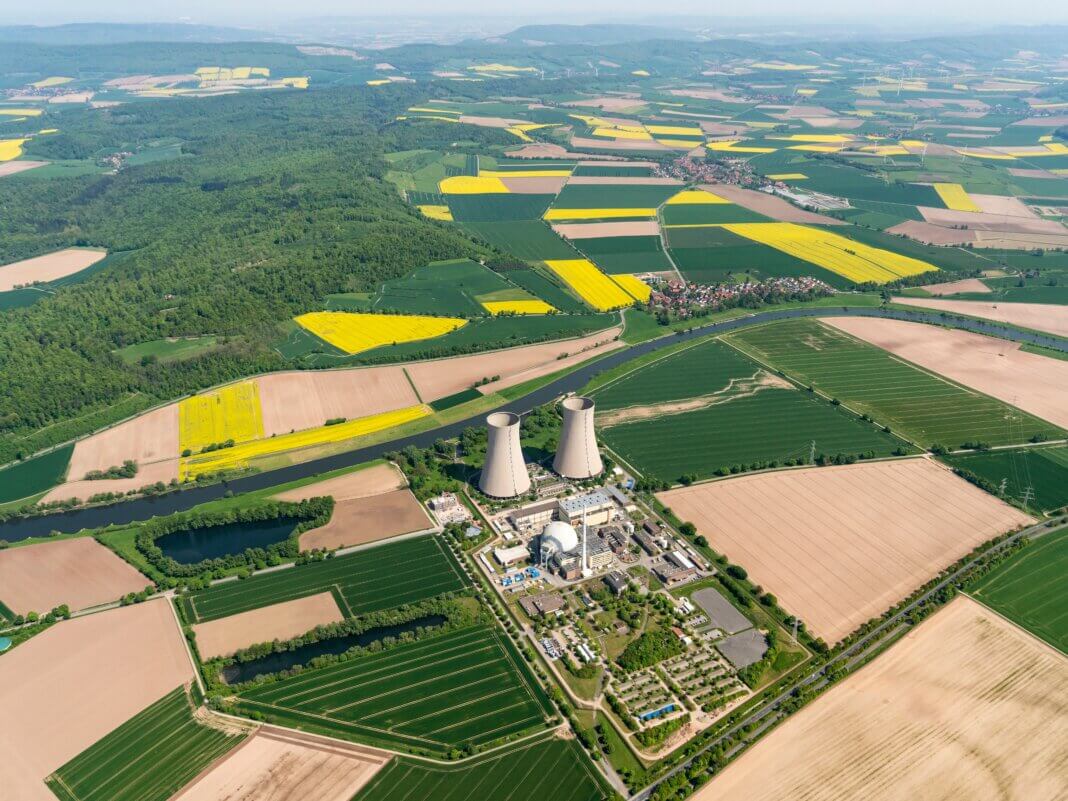From Nuclear Site to Green Space: Repurposing Decommissioned Plants for Sustainable Development
Energy experts have touted nuclear as the bridge between fossil fuels and clean power. The only qualities going against it are its waste production and nonrenewable nature. Eventually, the planet will overcome its need for supplementary nuclear power, leaving humanity with countless plants to repurpose. The transition has already begun — explore what these transformations could look like.
The Circular Decommissioning Process
Shutting down and repurposing a nuclear power plant requires careful planning and oversight. The process will happen when infrastructure reaches the end of its life cycle, around the 40- or 60-year mark. Eliminating any remaining radioactive elements is essential to protect nearby habitats from contaminants.
Some governing bodies behind this are the International Atomic Energy Agency and the U.S. Nuclear Regulatory Commission. Sites must follow these three frameworks to perform a holistic site recovery:
> ENTOMB: Placing residual materials in isolated, monitored spaces until they lose potency
> DECON: Decontaminating sites of waste and equipment, which can take five years or more
> SAFSTOR: Storing radioactive materials accordingly to guidelines
A successful decommission will open the area for any other application by following a detailed plan informed by years of data collection. The analytics show the area’s radiation potential, waste generation and land management needs. It also considers the value of components acquired from the dismantling process.
The Lives of Reimagined Nuclear Locations
There have been success stories of several decommissioning projects that set a precedent for the future. A reactor in Sydney, Australia, recycled and reused 85% of its materials. Concrete went to road projects, and companies melted metal for further economic development.
Another case study in Grenoble, France, transformed six nuclear sites into green energy research hubs. They focus on advancements in hydrogen, electric vehicles and more. The shift demonstrates how nuclear empowers the long-term renewable transition.
The Challenges Nuclear Sites Face
Removing all traces of nuclear activity is labor-intensive and time-consuming. An absence of robust recycling protocols is another barrier. Retiring sites need reliable access to an ethical landfill alternative. A recycling facility is the next-best option if they don’t have viable business partners to use the waste, but they’re few and far between.
Most nuclear facilities fail to undergo complete decommissioning at their scheduled time. Transporting nuclear waste, finding new use cases for it, and doing so in an ecologically foolproof way causes many projects to experience delays or fail to start.
Therefore, the nuclear industry needs thought leaders and innovators from other sectors to commit to research and development. They should discover how to incorporate nuclear waste by-products into their workflows if possible. The projects will also produce tons of excess concrete, metal and textiles, ready for a new life.
Discovering these options is crucial for having enough stakeholders invested in and benefiting from nuclear retirement. The International Decommissioning Network is an effort from the IEA to incentivize collaboration between industry experts. It could encourage more peer accountability and support of deconstructed sites, ensuring the viability of future green spaces.
It will also introduce professionals to new ideas in the industry, finding novel circular applications for a site’s waste. The innovation may even introduce companies to helpful technologies like robotics, which assist in transporting and handling radioactive materials in a more environmentally considerate way.
The Future of Nuclear
Nuclear is a pivotal part of the energy transition, but decommissioning old plants is essential for circular economic progress. Moving on from it is vital for promoting renewable energy and highlighting its viability to meet modern demands.
Transforming plants into green sites is a powerful lesson in environmental remediation and climate resilience. These regulatory bodies and cross-industrial efforts evoke hope by outlining a future where people restore nature despite anthropogenic influences.
